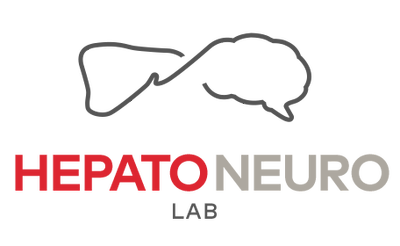Ammonia is central in the pathogenesis of HE and its arterial levels predict brainstem herniation which accounts for mortality in about 30% of patients with ALF. Treatment options for hyper- ammonemia and raised intracranial pressure (ICP) in ALF remain unmet clinical needs. Ammonia levels in liver failure are regulated by the critical interplay of ammonia, glutamate and glutamine metabolism involving the muscle, gut and kidneys. Based on this knowledge, we have formulated L-Ornithine Phenylacetate (OP), a novel concept to reduce plasma ammo- nia. L-Ornithine stimulates ammonia removal through glutamine synthetase (glutamine production) in skeletal muscle and pheny- lacetate excretes the ornithine-related glutamine as pheny- lacetylglutamine in the urine. To evaluate the therapeutic efficacy of OP, pigs with ALF (induced by liver devasculariza- tion) were treated with L-ornithine 0.05g/kg/hr (i.v) and phenylbutyrate (pro-drug) 0.07g/kg/hr (i.g) and compared to pigs with ALF (vehicle treated) and shams. ICP and cardiovas- cular hemodynamics were continuously monitored for the dura- tion of the experiment (8 hours) following liver devascularization. Arterial blood and urine was sampled every 2 hours to measure ammonia and phenylacetylglutamine respectively. A lumbar puncture cerebrospinal fluid (CSF) sam- ple was taken at the end of the experiment to measure ammo- nia. Over 8 hours, arterial concentrations of ammonia did not change significantly in the sham group (50.7±8.7 µmol/L), but in the ALF group it increased to 589.6±56.7µmol/L (p<0.001 compared to sham). This increase was attenuated in the OP- treated group (365.2±60.4µmol/L, p<0.01 compared to ALF). Furthermore, ICP (expressed as percent baseline) did not change in the sham group (18.2±14.9%), but increased signi- ficantly in the ALF group (98.5±9.1%, p<0.01 compared to sham). In the ALF+OP-treated group, ICP was normalized (25.5±17.3%, p<0.05 compared to ALF). This was accompa- nied with a reduction in CSF ammonia in the ALF-OP treated pigs compared to ALF pigs (158.50±29.01µmol/L vs 233.50±39.51µmol/L respectively). In accordance with the hypothesis, treatment with OP resulted in increased urine phenylacetylglutamine levels in ALF-OP treated pigs compared to ALF pigs (9.0±4.5µmol/L vs 0.05±0.04µmol/L). In conclu- sion, OP is a novel approach to treat hyperammonemia and HE, which successfully attenuated an increase in arterial and CSF concentrations of ammonia and, normalized ICP in this large-animal model of ALF. These positive results demonstrating its efficacy in pigs with ALF provides the rationale for further development of this drug and a clinical trial of OP in ALF.

